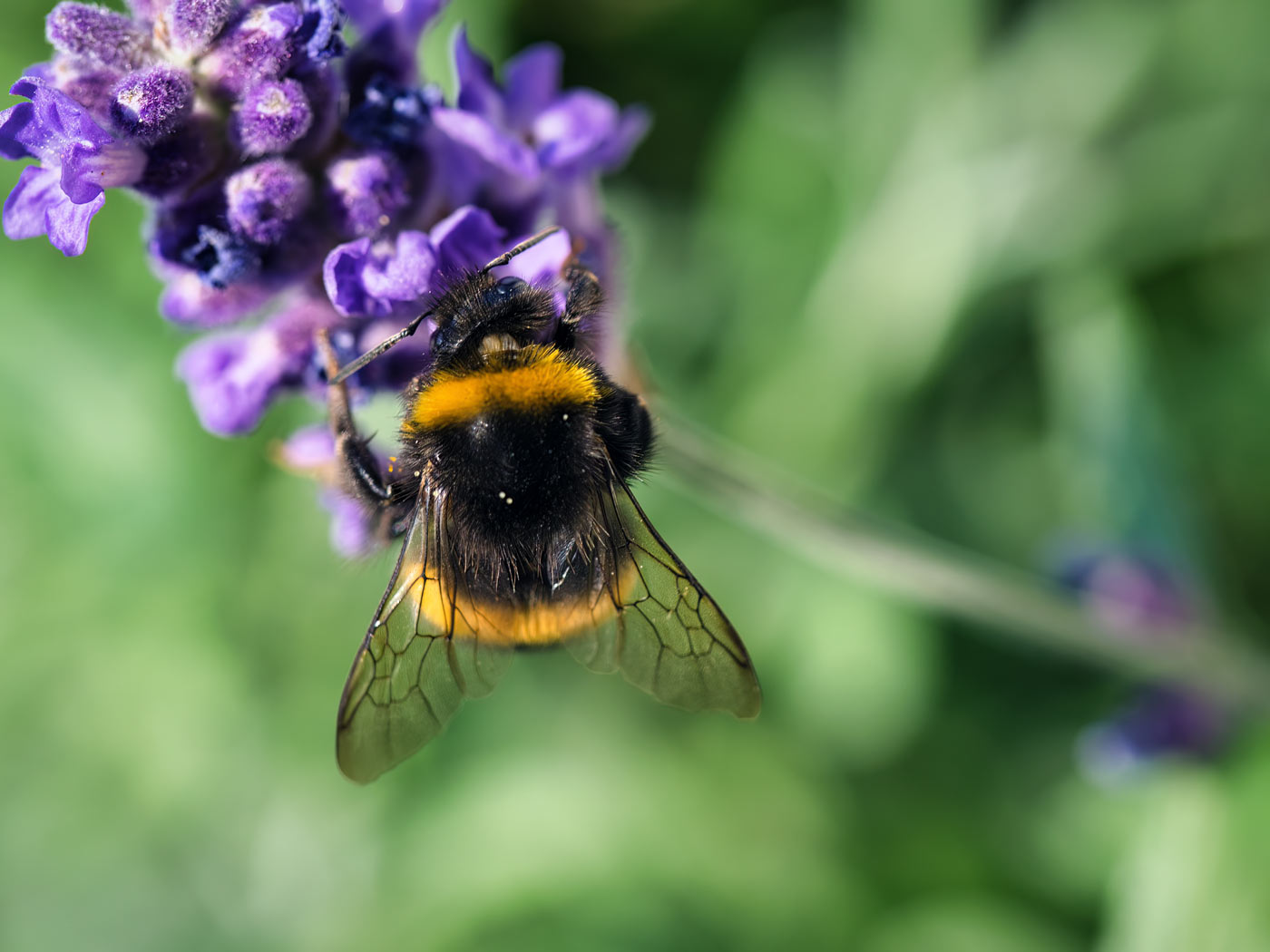Discover how integrating straw pollinators can exponentially increase your yield, and learn other crucial strategies to promote plant health and productivity. Whether you’re a seasoned gardener or just starting out, these tips will help you navigate the world of vegetable gardening and make the most of your green space. Let’s dive in!
Straw pollinators and other tips for your vegetable garden
Having a vegetable garden can be a rewarding and satisfying experience. Growing your own produce means you have fresh and delicious options right at your fingertips. However, it can be a little daunting if you’re new to gardening. Here are some tips to get you started.
Straw pollinators
Do you have trouble getting your squash or zucchini to produce fruit? One remedy for this is to use a straw pollinator. This is a simple technique that can make a big impact on your crop.
When it comes to squash and zucchini, the male flowers contain the pollen that is needed to fertilize the female flowers in order for the fruit to set. Without pollination, you’ll find yourself with lots of flowers but no fruit.
To create a straw pollinator, take a drinking straw and cut it into pieces that are about one to two inches long. Then, use a small paintbrush to collect the pollen from the male flowers. Carefully transfer the pollen to the female flowers by brushing it onto the stigma in the center of the flower. Alternatively, you can insert the straw piece directly into the female flower and wiggle it around to distribute the pollen.
By using a straw pollinator, you can ensure that your plants are producing fruit and that your garden is flourishing. Give it a try!
Crop rotation
Crop rotation is a crucial technique for maintaining the health and productivity of your vegetable garden. This practice involves rotating crops from year to year in order to prevent soil-borne diseases and pests from building up in the soil.
For example, if you grew tomatoes in one bed last year, you should plant a different crop in that bed this year. This prevents pests and diseases that affect tomatoes from becoming established in the soil and causing problems for your plants in the future.
By rotating your crops, you’ll also ensure that your soil remains nutrient-rich and healthy. Different crops have different nutrient needs, so rotating your crops can help to maintain the fertility of your soil.
Quick tips for successful crop Rotation:
- Divide your garden into several sections
- Plant crops from different families in each section
- Rotate crops every year
- Add compost or other organic matter to the soil as needed
Companion planting
Companion planting involves planting certain crops together in order to benefit each other. For example, planting marigolds with tomatoes can help to deter pests that would otherwise harm the tomatoes.
Some other common companion plantings include:
- Planting basil with tomatoes
- Planting beans with corn
- Planting carrots with onions
- Planting lettuce with peas
Companion planting can help to reduce the need for pesticides, and can also help your garden to be more efficient and productive.
Starting a vegetable garden can be a fun and rewarding experience. By incorporating these tips into your garden practices, you can help to ensure a successful harvest and keep your plants healthy for years to come.



